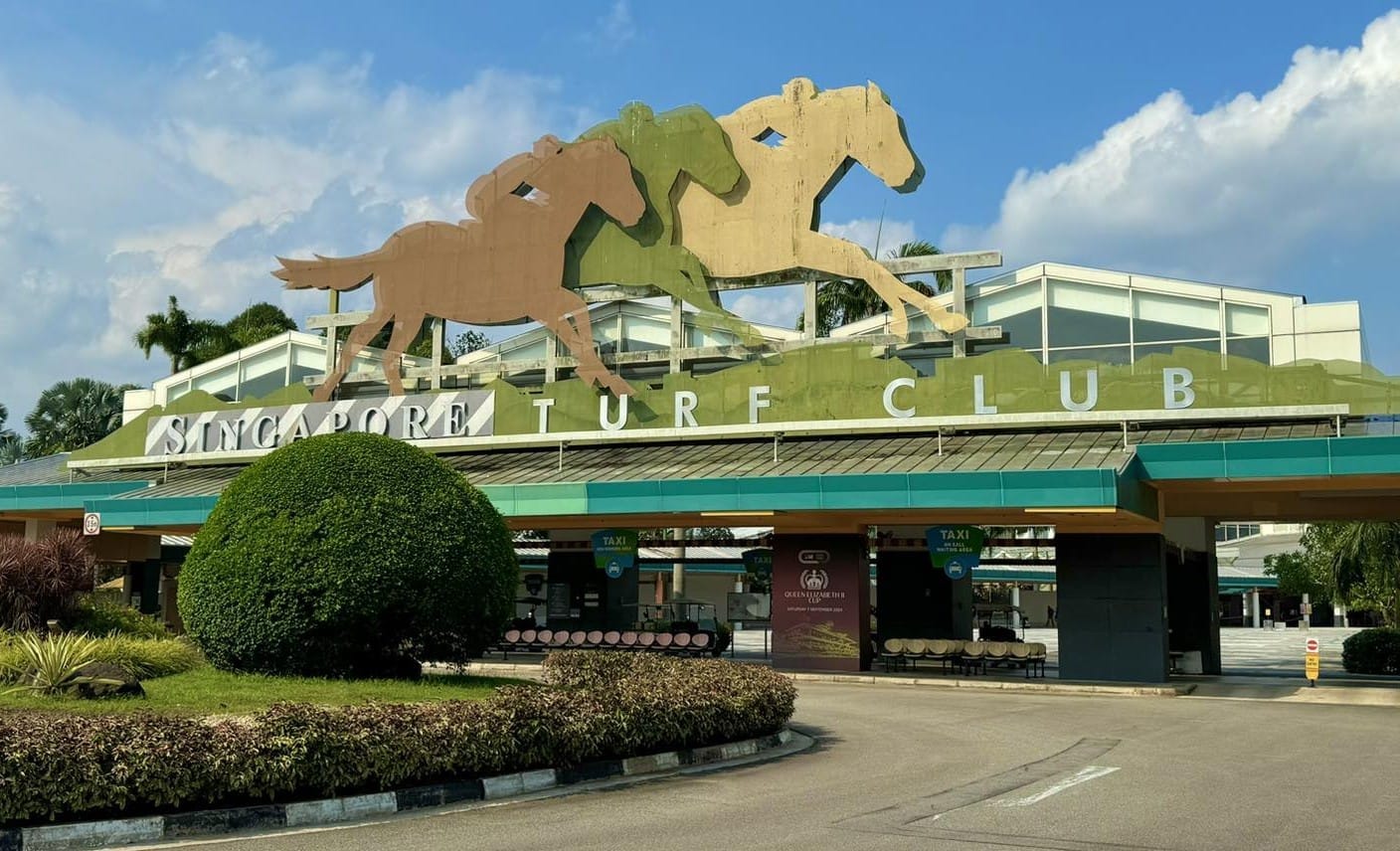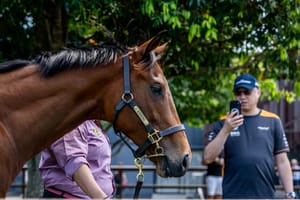A year on from the demise of racing in Singapore, Matt Stewart catches up with the horsemen who were scattered across the world by a decision that ended a 182-year industry with a stroke of a pen.
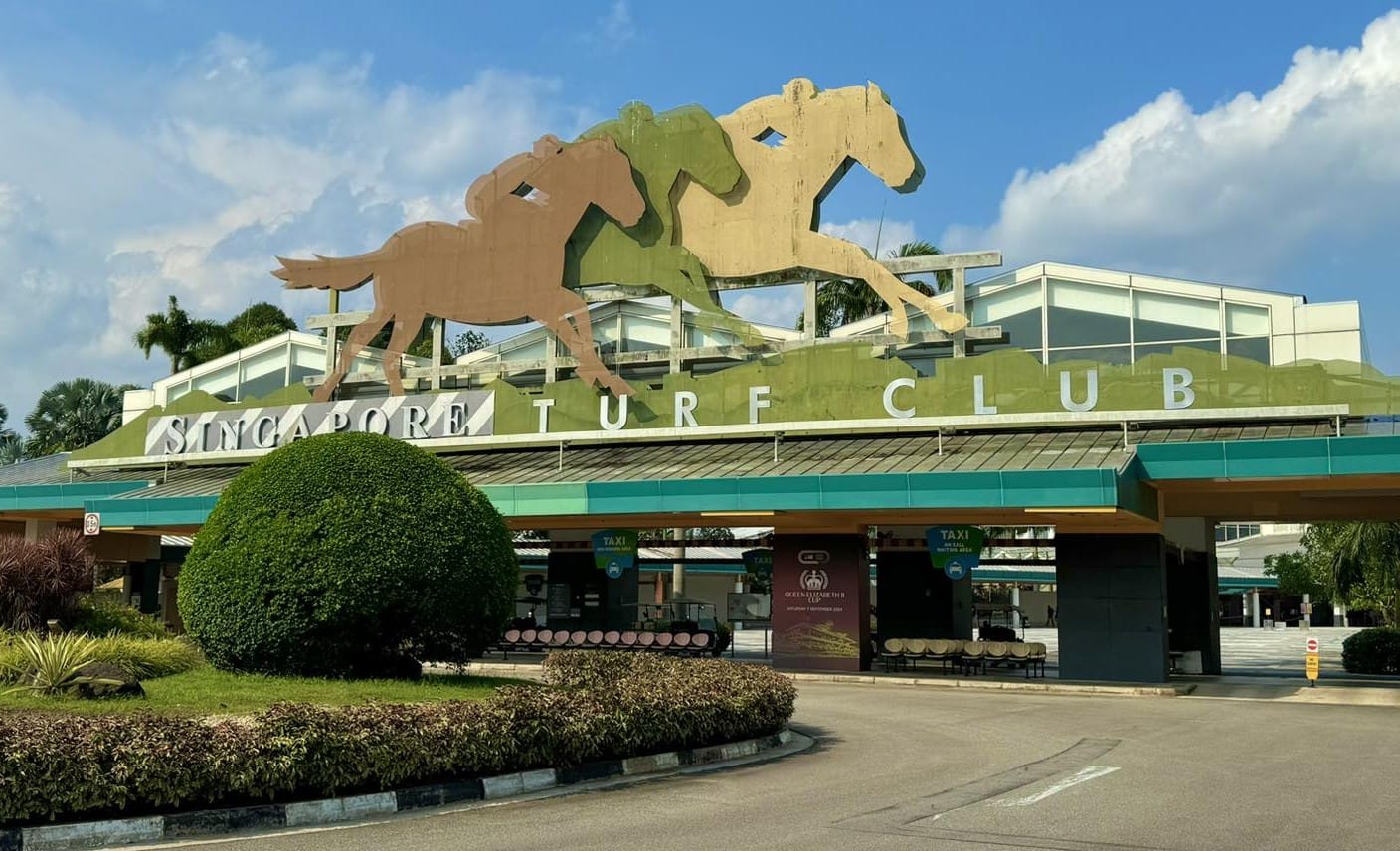
Given the upheaval that followed the dramatic halt to horse racing in Singapore, there is a certain eeriness in the current status of Kranji, the racecourse that cost $300 million to build but was too valuable to keep.
It’s been a year since the gate was slammed shut and everything and nothing has changed.
The 700 horses, the staff and legends have all gone but the gardeners keep turning up. The tracks remain fully maintained, the towering grandstand still stands.
The horses and dozens, if not hundreds of workers, from farriers to vets to trainers and stablehands, have been dispersed, mostly into Malaysia and South Korea.
Some with proud racing careers were forced into early retirement, some now drive taxis.
But the racetrack is as pristine as the day it opened in 1999 and as preserved as the day it closed - everyone having been bluffed and blindsided - on October 4 last year.
On the other side of the island, it took the government over 20 years to begin repurposing the site of Singapore’s original racecourse, Bukit Timah. Its grandstand also still stands.
The lingering anger at the Singaporean government's decision to end a sport that had been part of Singaporean culture - and a major employer - for 182 years is accentuated by the stagnation that has followed.
Jason Ong had been the premier Singapore trainer and also the head of the trainers’ association the day the rug was pulled.
He is one of a handful of formerly Singapore-based trainers now training at Selangor, Malaysia.
Ong opted not to disrupt his young family and splits his time between Singapore and Kuala Lumpur.
He drives past the mostly lifeless 120-hectare Kranji precinct once or twice a week.
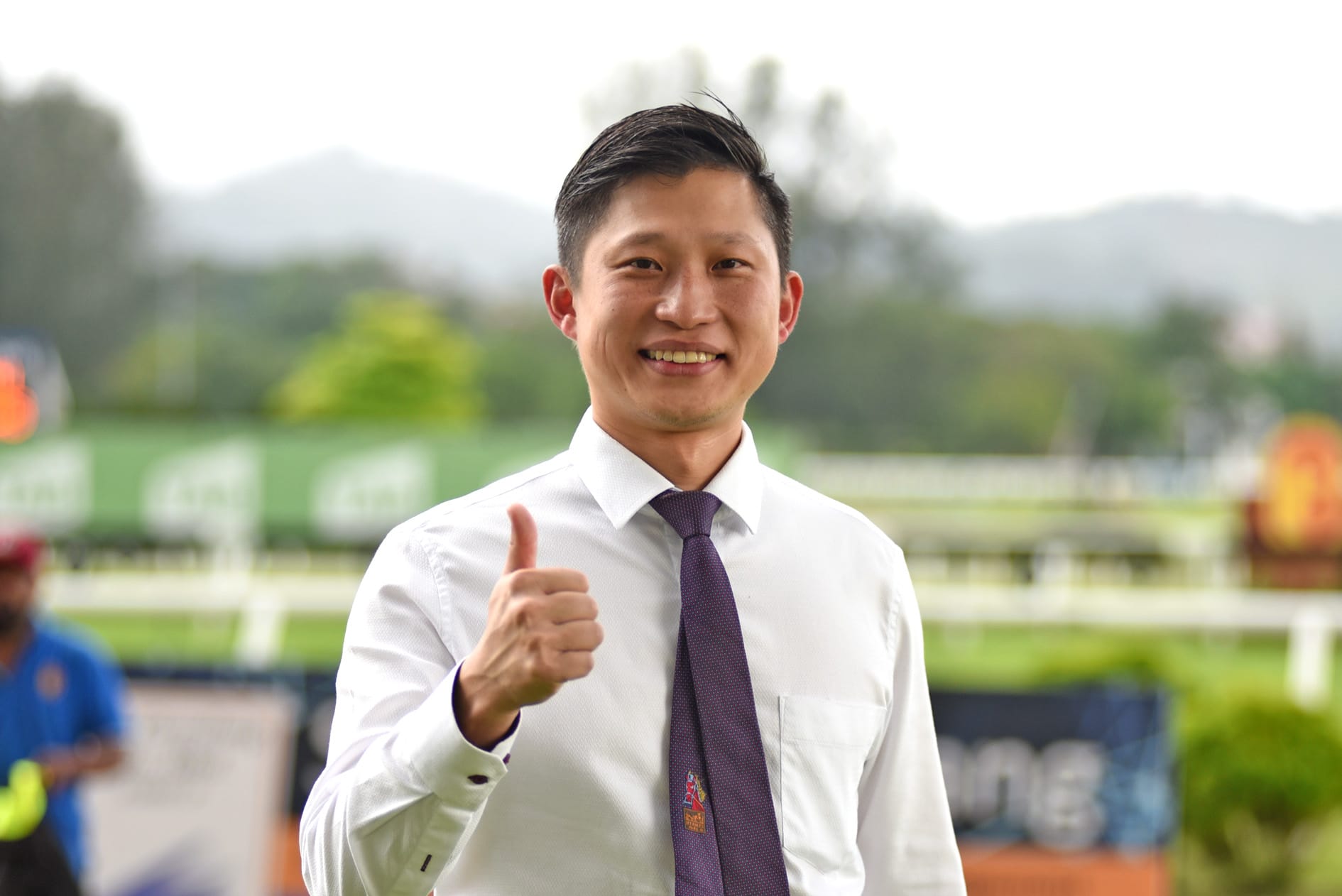
Some staff remain, managing some equestrian horses at the riding school, which closes in December.
The gardens have never been better-manicured.
“If you drive past, you will see it’s exactly the same,” Ong said.
“They’re still doing the landscape work, which is ironic. There are still (turf club) people who remain even though they haven’t raced for a year. From what I see, nothing has been demolished.”
Australian Steve Burridge, who had ridden and trained for over 30 years in Singapore/Malaysia and now helps his son Wade with horse trading and form, said: “It will be like Bukit Timah. It will take them 20 years before they get around to doing anything about it, yet it took them five seconds to end it.”
Ong said little had been gleaned about the Singaporean government’s plans for the site and this fuels speculation about the true motivation for wiping out horse racing with little forewarning that left owners and trainers left with horses that had cost millions and the best racing surface in South-East Asia pulled from under them.
“I guess they have plans to redevelop in coming years, but it really is ironic that nothing has changed,” he said.
When the Singapore Turf Club gathered in the trainers and told them in June 2023 that they would be displaced a little over a year later, the Asian Racing Federation warned of the “massive task” of rehoming so many horses and the welfare concerns of so many horses being herded into pre-export quarantine.
Amid great difficulty as the clock ticked, 80 per cent of the horses were exported to Malaysia where field sizes quickly increased.
Six trainers from Singapore joined the Selangor ranks. Tim Fitzsimmons and Dan Meagher returned to Australia, Donna Logan returned to New Zealand and former trainer association head Michael Clements is en route to England to potentially start a counselling service for trainers struggling with work and business stress.
James Peters, who took over the barn once used by Michael Freedman and the trainer of many China Horse Club horses, now works for Anthony and Sam Freedman.
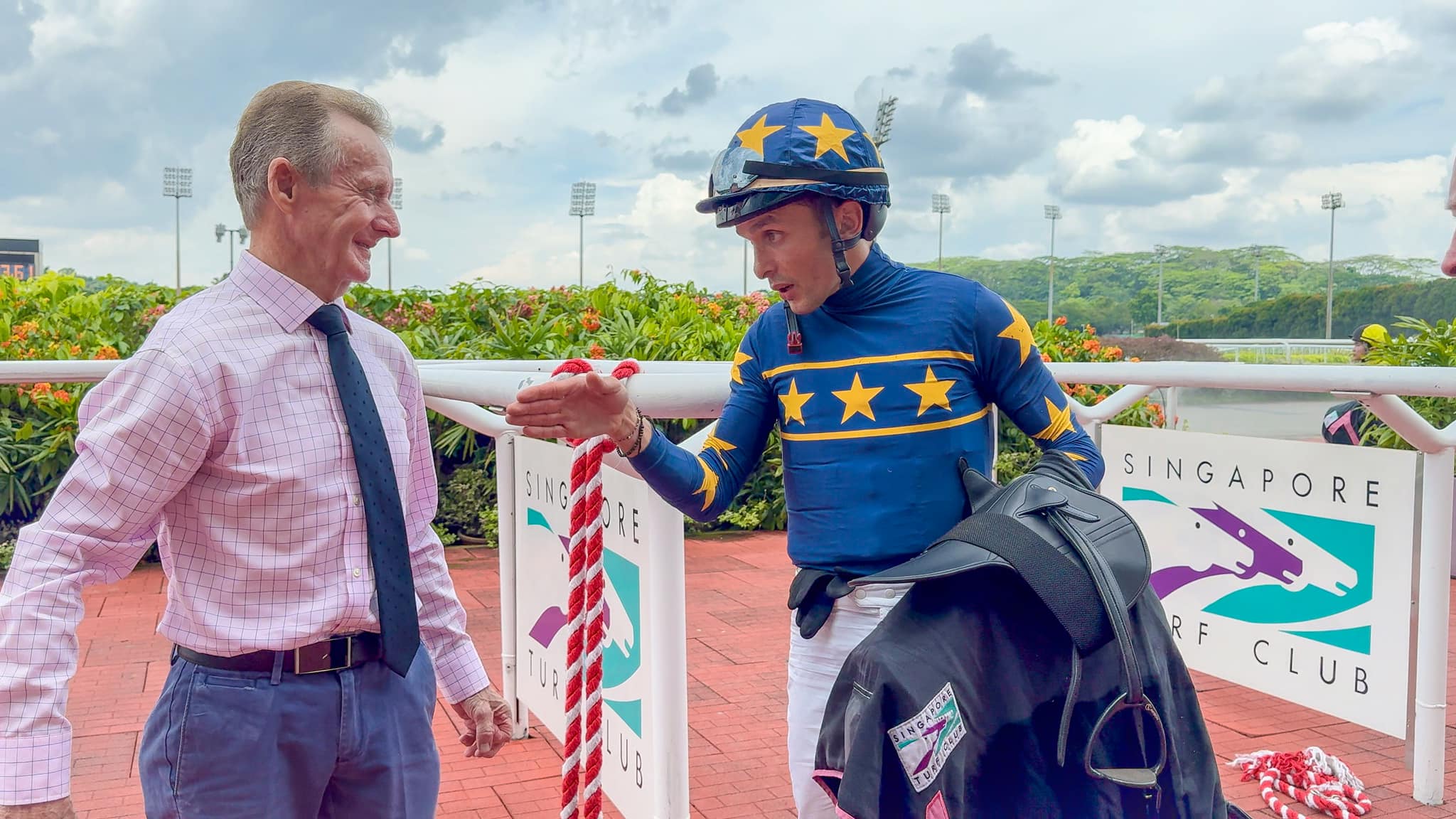
It took Ong and the five others time to find their feet at Selangor. The racing “culture” is not the same in Malaysia where it rains more heavily than Singapore and the track is often soft.
Ong said the demise of Singapore had in part “upgraded” Malaysia, where Penang had fallen by the wayside earlier this year. Ipoh, or Perak, is regarded as the second-tier club. A trickle of Singaporean horses ended up there.
Ong said that no matter where the displaced racing participants now find themselves in the world, they’re still angry not just at the closure of Singapore but also at how it was handled.
“Yes, the sense of disappointment and anger is still there. It was too sudden and too short a time frame. Most had invested heavily in their businesses even a month out from the decision,” he said.
Burridge was a former leading Victorian apprentice jockey who had been in Singapore/Malaysia for 35 years as a rider, foreman or trainer. He took out his training licence in 2005 and was Singapore’s champion trainer in 2010.
He now resides on the Gold Coast where he focuses on the form, grandkids and golf. He still wakes up at 4.30am, a habit that is hard to break. At 70, he says he’s “happy as Larry” to have stepped back from training horses. But he’s still angry.
“It was just a joke,” he said.
Burridge said Singapore trainers had spent over $12 million on new stock, many of which were sourced at the New Zealand ready-to-run sale. “I spent $900,000 myself,” he said.
Most of the NZ horses were imported into Singapore, encouraged to do so by the STC, then stranded.
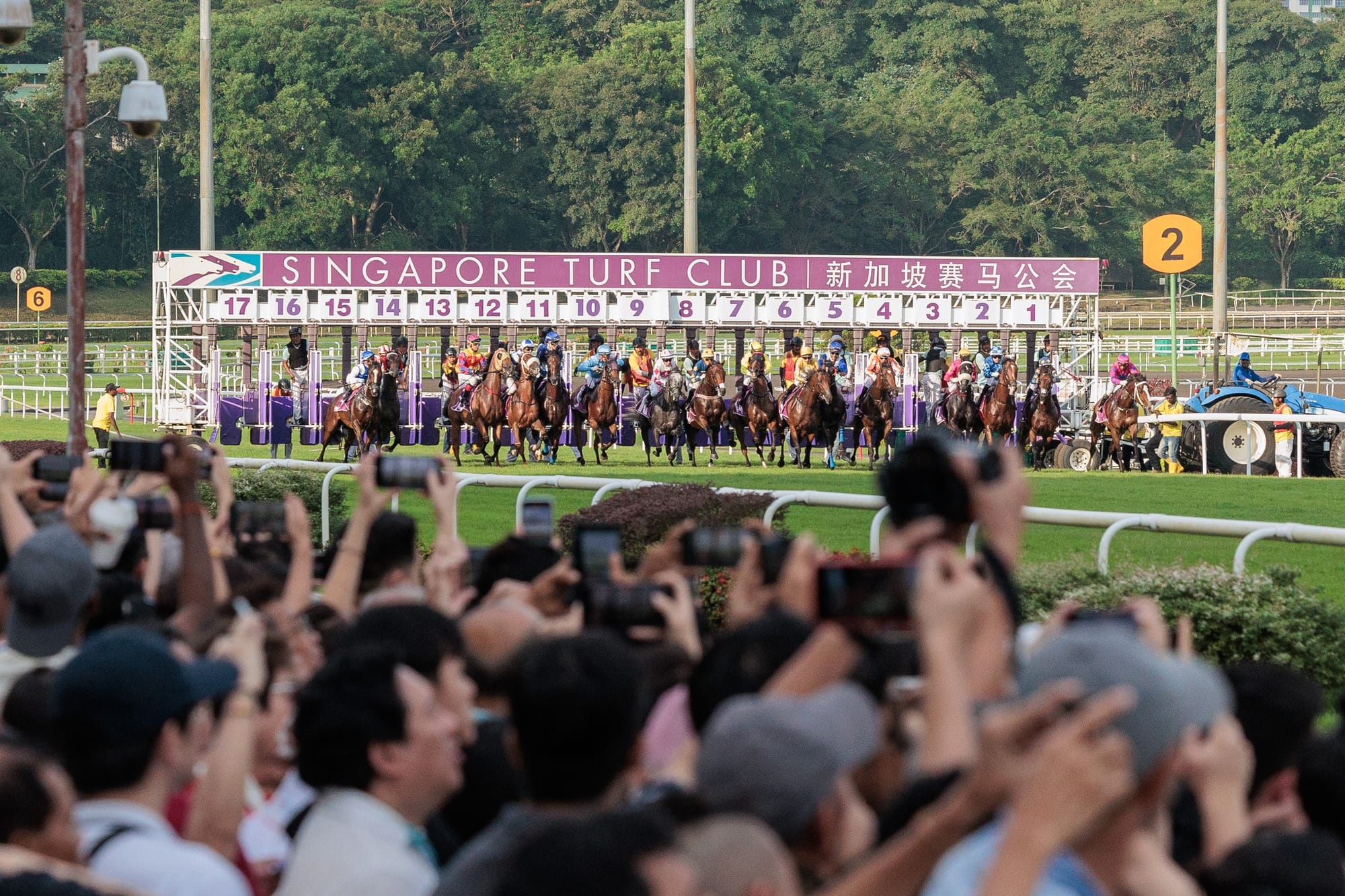
“It definitely didn’t have to happen the way it did. It was terrible. I was lucky I got out on my own terms. I was down to only 18 horses anyway. Others weren’t so lucky,” Burridge said.
“In New Zealand, there was a whisper that it might fold up, but they (STC) denied it. Then 10 days later we all get a call up and that’s it, gone.”
Most of the 21 trainers forked out SING$5000 to hire lawyers to seek compensation via the courts. “We were quickly told we were wasting our time. In Singapore, you can’t fight it,” Burridge said.
Billionaire Singaporean owner Lim Siah Mong was regarded as a powerbroker “but even he knew he was banging his head against a wall” Burridge said.
Burridge said many of the displaced – vets, farriers, jockeys, track jockeys – found themselves in Malaysia, Japan and South Korea.
“I guess they have plans to redevelop in coming years, but it really is ironic that nothing has changed” - former Singapore trainer Jason Ong on the state of Kranji racetrack
Journeyman official Dayle Brown, a one-time head of integrity at Racing Victoria, was only in Singapore long enough to close the gate, then found himself in Abu Dhabi.
John Pepe, the Kranji starter and carer of the clerk ponies, returned to his hometown of Perth and maintains his role of race-day official.
Like everyone else, Pepe said he was shocked that the rug was pulled at Kranji.
“We’d come through COVID where we stopped racing for three months, prizemoney had gone up, there was a new race series planned … we didn’t see it coming,” he said.

When racetracks close, as they have been doing regularly around the world, people are stripped of their status. Today’s hero can be tomorrow’s taxi driver.
“Some people got jobs, some went overseas to work, some just fell through the cracks,” Burridge said.
“One of my top guys, a foreman, very capable, is now a driver for Raffles.”
Fifty-nine-year-old Clements, a former champion trainer in his homeland of Zimbabwe, had trained in Singapore for 25 years where he won a premiership and trained 814 winners.
Like his former Kranji colleagues, Clements carries bitterness over the negligence of the government's exit strategy, saying “it made a bad situation much worse for everybody” but like Burridge, now looks forward to life beyond the shock of the end of racing in Singapore.
Clements was in Singapore this week for the first time in two years, signing papers to close his business before flying to London. “I arrived with my son and said ‘yes’, it feels different. I feel unburdened,” he said.
One particularly positive story came from the upheaval.
Pepe’s favourite clerk pony, a former good Singapore winner for Bruce Marsh named Urban Legend, was one of the last few thoroughbreds to remain at Kranji.
“He’s just been adopted by the owner of the Carlton Hotel in Singapore and will be going to a farm in the Cameron Highlands in Malaysia when the riding school (at Kranji) closes in December. I’m very happy about that,” he said.

